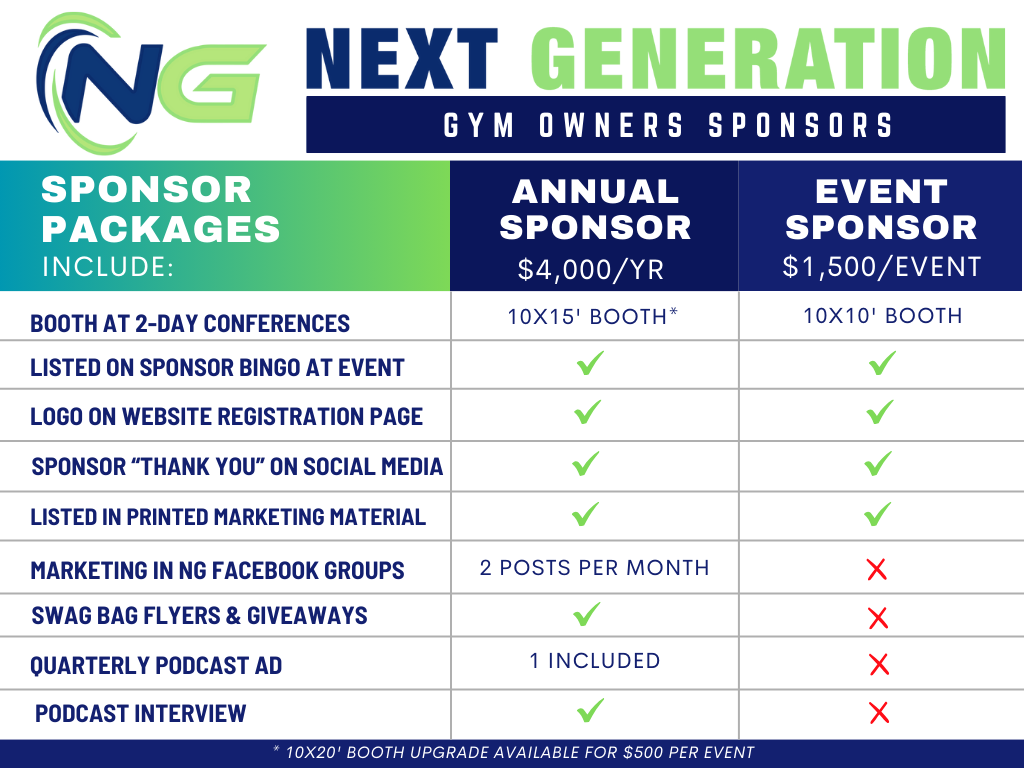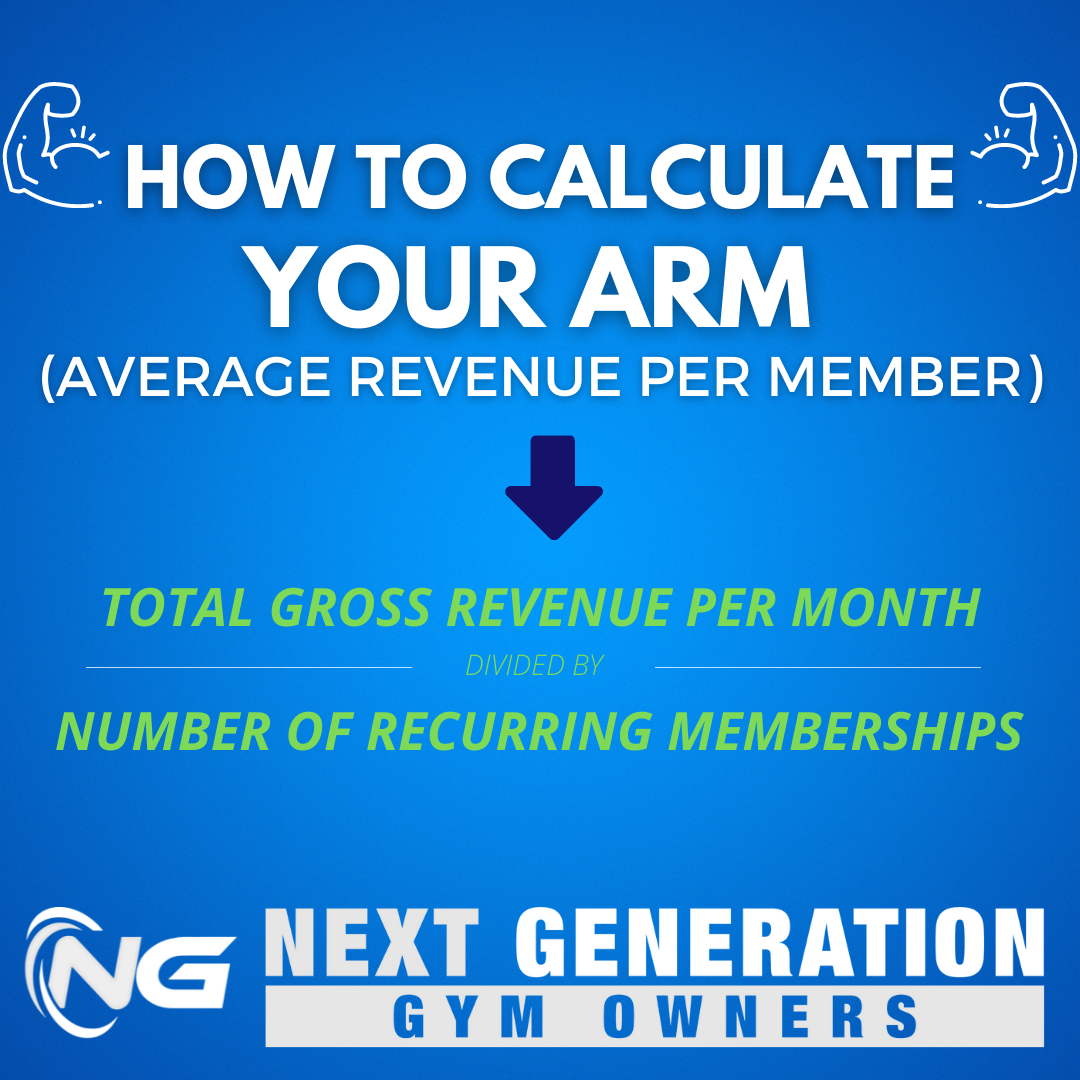When you arrive at the event:
- Find the coaches’ check-in table. This is where you’ll check your program in. Expect to have to do the following:
- If it wasn’t already uploaded online, you’ll need to provide waivers, music release forms, coaches’ background checks, and any payment still due. (I always confirm our payments are good before we leave for the event because I never want a surprise like that.)
- You’ll usually need a driver’s license to get a coaches’ wristband. If you have coaches coming later – no big deal. They can stop there when they arrive to show their ID and get a wristband.
- If they are giving away participant gifts or coaches’ gifts, you’ll usually get this here.
- This is where I go any time throughout the day if I have questions. These people should be able to help you with anything (except score check).
- Prepare to have to confirm athlete age division, level, DI/DII status and the number of athletes on each team.
- Do a walk around.
- For new events, I always walk around the venue to find the following things so the rest of the day goes smoothly: Warm-ups, accuscore, awards (if they’re in a separate room), the music table, parent viewing area and the coaches room (if one is available).
- By doing this, you’ll know how long it will take you to get to warm ups. I usually look for the closest bathroom to warm ups as well.
- If it’s your program’s first time at an event, you can also take a picture or note a spot for your teams to meet for gathering. Just keep in mind “the top of the escalators” or other high-traffic areas might be a bad place. We like to meet way out of the way so it’s a bit calmer and less crowded.
- When it’s time to gather as a team.
- There are no hard, fast rules here. I like to gather early so our kids can do a pre-warm up (jumping jacks, wrists, ankles, bridges if possible, and a quick mini-walkthrough of anything that recently had changes to counts).
- I always use this chance to check bows, shoelaces, etc. to make sure they’re well-secured. We also let the kids fill up water bottles and take a quick bathroom break.
- Head to warm-ups.
- These signs are usually pretty visible, but there have been a few events I’ve been to that have very disjointed warm ups. That’s the other reason I always do a walk around at the venue first. You’ll want to check into warm ups about 15 minutes early. I’ve noticed when I arrive just 5 minutes early, sometimes the warm up rep checking people in panics that I’ll miss my time.
- Warm ups usually consist of 3 mats. The first is called a stretch mat, but I rarely see teams use it for stretching (except maybe bridges if they couldn’t do them in the hallway). Most teams use it to warm up stunts. It consists of 2-3 strips of carpet-bonded foam.
- Each competition has a different length of time for each mat, so you’ll want to check the EPs website or email them to find out how long you have. It ranges from 5-9 minutes per mat.
- There may be a clock in there or there will be someone with a bell, whistle or who just yells to switch. If you finish on your mat early, you’ll need to wait to step on the next mat even if there isn’t a team in front of you. There’s also a “thing” where most coaches don’t let their kids even touch the mat or walk across another team’s mat. It doesn’t really bother me, because little kids don’t always understand, but you might prepare your kids for this.
- On the stretch mat where most teams stunt, I recommend making sure you have spotters with any unpredictable stunts or groups that move a lot. With just 2-3 mats, the concrete gets awful close to the same place you cradle if you have a stunt group move too much.
- The next mat is a tumble strip. It should be 70-feet in length and is 2 panels. Use this however you’d like. We always warm up tumbling, but sometimes we don’t need the whole time to do that, so we might warm up jumps, hit our pyramid or baskets here. Again, it’s a narrow strip, so use spotters if your stunts aren’t hitting or if they have a lot of movement. Make sure you’re kids know you’ll mark any intentional movement as you don’t really have enough space to do it anyway.
- The final mat is where you can do a mark-through or full-out (or somewhere in between). My level 1 teams usually do a full out here as the little kids get confused with marking routines at times. My other levels hit all stunts and mark jumps and tumbling. This is a dead floor. There is a spot to plug in your music (usually with a dongle).
There can be two sets of warm-up mats going at one time, so this means there might be competing music. Most event producers who do this have great speakers, so while it can get coaches off beat hearing both, it usually doesn’t affect the kids.









